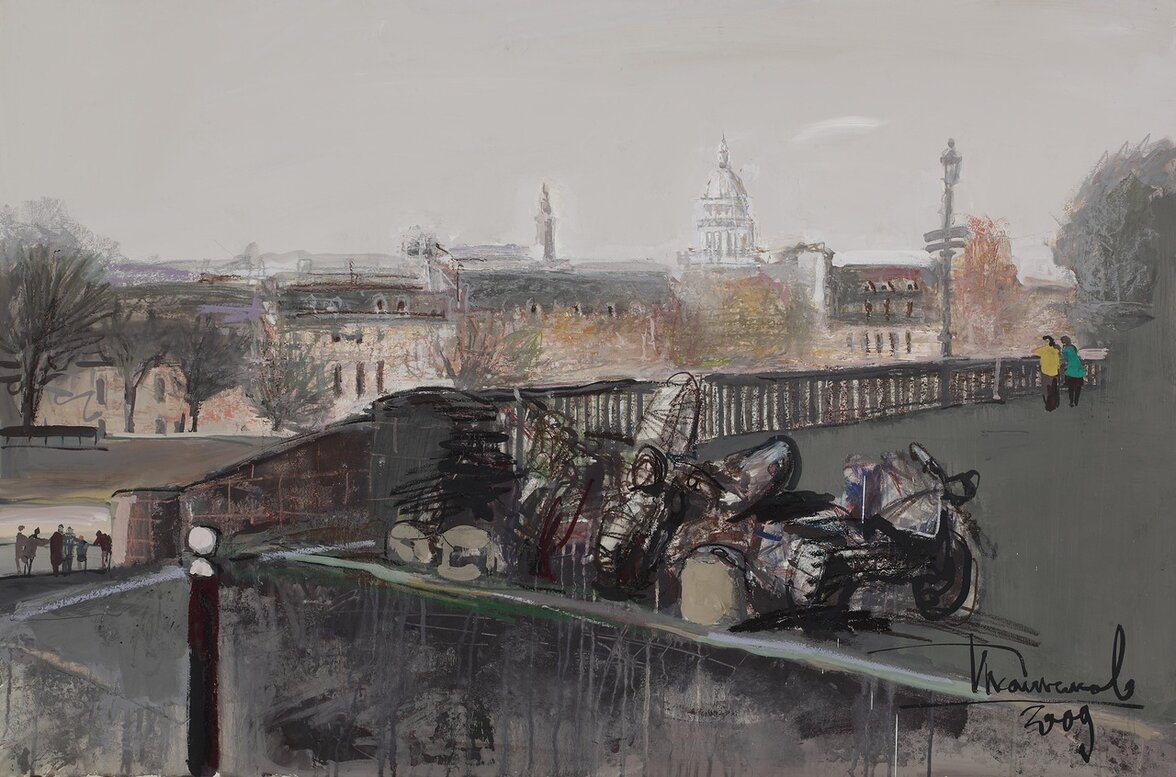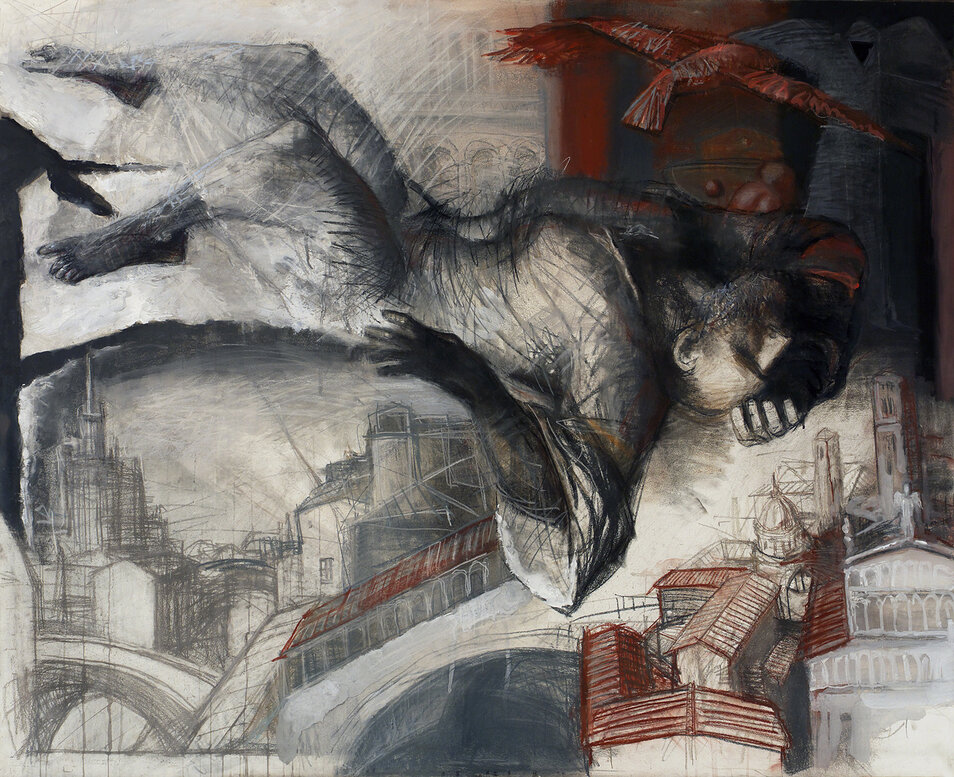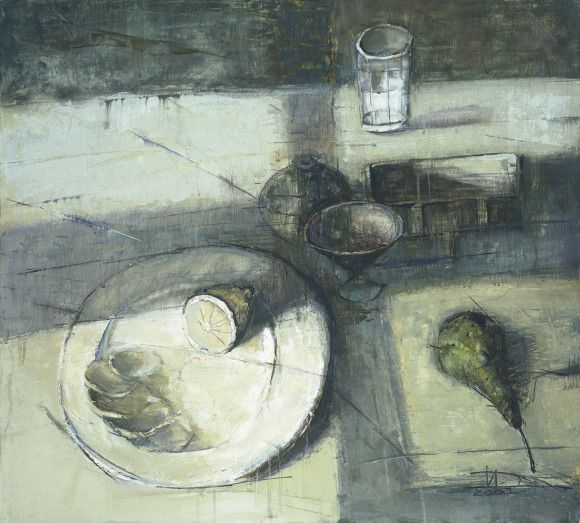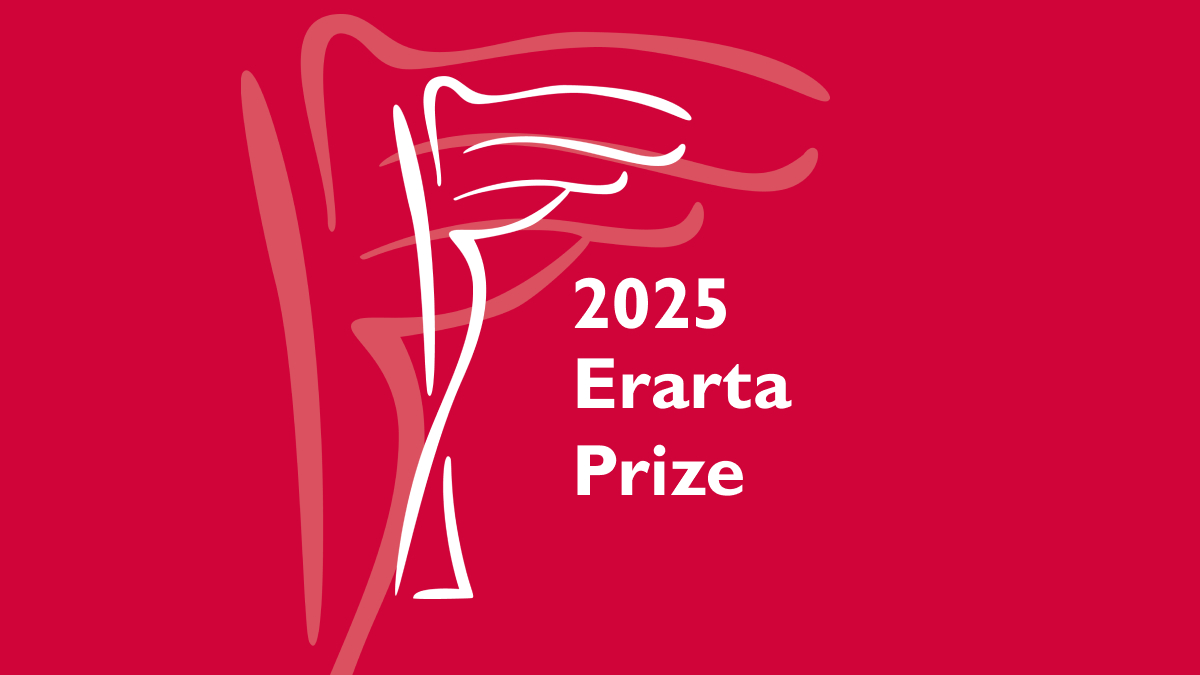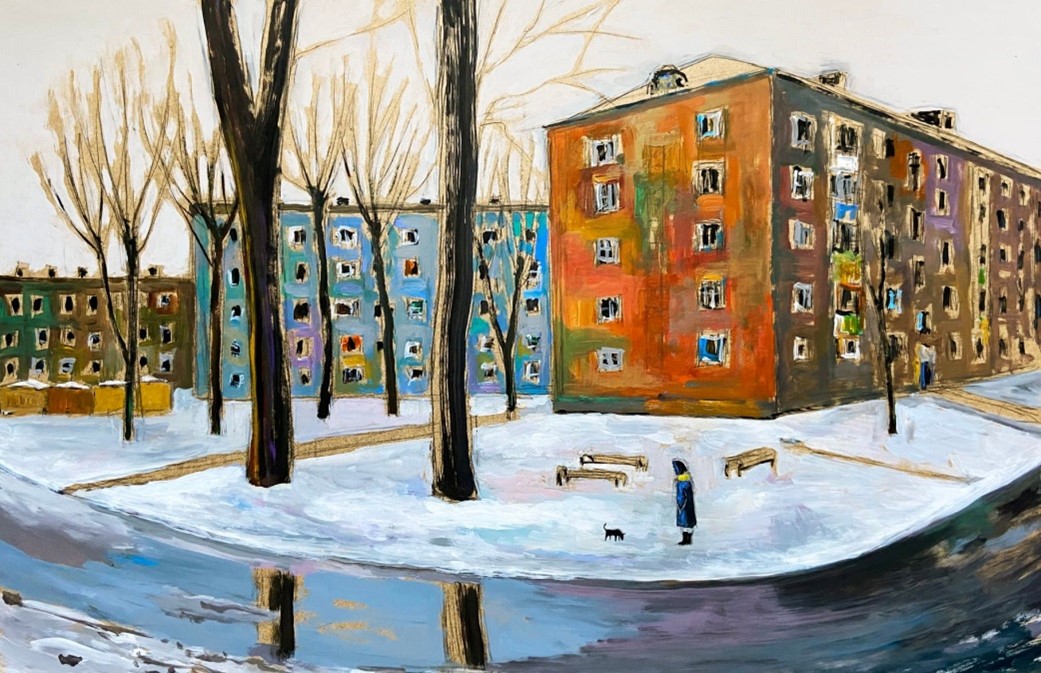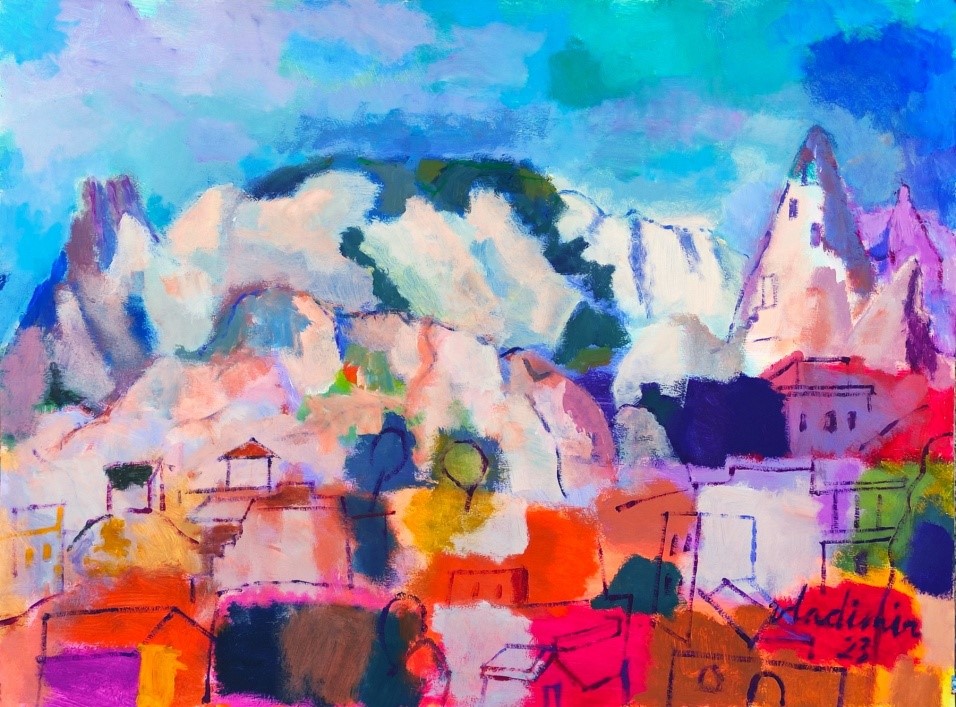Dmitry Ikonnikov
The Place Where I Always Feel Fine
Erarta Museum of Contemporary Art presented an exhibition by the graphic artist Dmitry Ikonnikov for whom drawing was not only a mode of thinking, but a form of existence
-
Generalized and metaphorical, but captivatingly sincere imagery lending a sensation of a candid glimpse into a private life
-
A signature technique resulting in intricately uneven matte textures
-
A creative universe wherein light triumphs over shadow and dissolves the darkness
Dmitry Ikonnikov was a man of great vitality. He used to say that, in his lifetime, he had managed to live several lives at once, each of them producing a distinct series of artworks. Three times he had stood at death’s door, and three times, thanks to the loving care of his family, Dmitry’s will to live and create prevailed.
The future artist’s character building took place in the backyards of his Murmansk neighbourhood, sparking a love for rock music and poetry, leather jackets and bandanas, strong pipe tobacco and tattoos. Passionate about drawing since childhood, Dmitry found a job as sign painter relatively early, immediately after high school, all the while furthering his education and trying his hand at poster art. What proved to be a decisive point was a voyage across the White Sea which inspired Dmitry to embark on an independent artistic journey.
Ikonnikov discovered his true creative self as a graphic artist, confessing to never having liked the gloss of oil painting and opting for paper as the preferred medium. Choosing to work with larger formats than the average drawing, Dmitry devised a signature technique: pasting large sheets on a firm backing, he would then layer them with gouache and pastels to create intricately uneven matte textures to which he ascribed intrinsic aesthetic value.
Dmitry Ikonnikov was fond of saying that he had had no choice other than to become an artist. To him, drawing was not only a mode of thinking, but a form of existence. He used to perceive the world around him solely through the imagery he created. Generalised and metaphorical, it is invariably and captivatingly sincere, lending a sensation of a candid glimpse into a private life. A major reason for this is that all of his male characters have much in common with Dmitry himself, verging on self-portraits.
Dmitry Ikonnikov’s works stand out due to the powerful tension between line and spot, the intense confrontation of opposites – sense and sensuality, light and shadow. Superimposed over delicate backgrounds are dark silhouettes and harsh lines drawn with a sure hand. Light, however, triumphs in most cases, dissolving the darkness and driving away the shadows.
The artist’s style is inspired and masterful. One gets the impression that these pictures emerged without any throes of creation – so steeped are Ikonnikov’s works in the feelings of freedom and lightness of being. ‘After all, it is the body that has its limits, but the world inside it is boundless,’ said Dmitry, ‘and from this inner cosmos comes something that later turns into a drawing or painting. The higher you rise in your inner updraft, the vaster are the outlines of your own self. Death is not to be feared. Truly fearsome is a life lived with a feeling that you’ll never enter this updraft.’
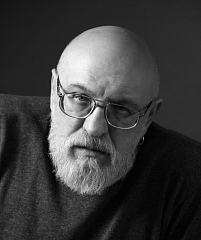
Dmitry Ikonnikov was born in Murmansk in 1952. After studying at the School of Visual Arts of the Moscow State University of Education from 1972 to 1976, he was admitted, with support from the renowned Soviet artist Evgeniy Kibrik, directly into year 2 at the School of Graphic Arts of the Vasily Surikov Moscow State Academic Art Institute, graduating in 1981. Member of the Artists’ Union of Russia since 1998, in 2011, Ikonnikov was elected Associate Member of the Russian Academy of Arts. Starting from 1974, the artist took part in more than 100 exhibitions in Russia and abroad, 28 of them being solo shows. Dmitry Ikonnikov passed away on 27 February 2019.
Supported by:

